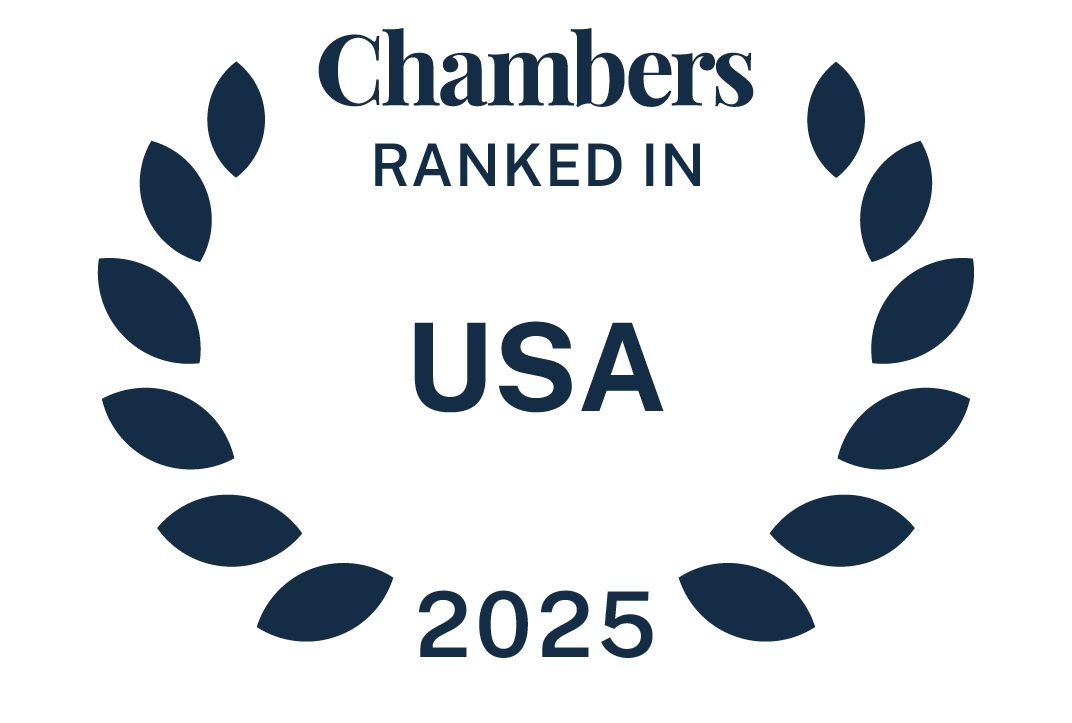At a recent panel discussion during George Mason Law Review’s annual antitrust symposium, Deborah Feinstein, director of the Federal Trade Commission’s (FTC) Bureau of Competition, was asked what levels of gross upwards pricing pressure index (GUPPI) could raise concern in the FTC’s merger review process. Feinstein declined to provide a specific level that would raise concern, thereby rejecting movement towards a safe harbor for merging parties in markets where the GUPPI is particularly low.
The FTC’s policy regarding a GUPPI safe harbor has a substantial impact on its investigations of mergers with potential unilateral price effects. Generally unilateral price effects exist where the merged entity has the incentive to raise the price of the products of one or both firms. One way to conceptualize the potential unilateral effects of a merger is to consider the opposing forces of downwards and upwards pricing pressures. The elimination of competition between merging firms creates upwards pricing pressure. The benefits gained from efficiencies generate downward pricing pressure. GUPPI is an economic measure that attempts to estimate the upwards pricing pressure for a particular product resulting from a merger. Three market conditions lead to a higher GUPPI: 1) a high diversion ratio to the merging partner’s product; 2) a higher margin for the merging partner’s product; and 3) a higher price for the merging partner’s product (Moresi 2010).
Debate surrounding a GUPPI safe harbor has intensified since Commissioner Joshua Wright’s July 2015 dissenting statement following the FTC’s review of the Family Dollar/Dollar Tree merger. His statement argued that the FTC should adopt a safe harbor in unilateral effects merger investigations by specifying a GUPPI threshold below which competitive harm is presumed unlikely. Commissioner Wright believed that such a policy would allow for a more efficient allocation of FTC resources by using GUPPI measures to focus the FTC’s efforts on areas where unilateral effects are more likely and would mirror the safe harbor used by the Antitrust Division of the Department of Justice. The majority of the Commission disagreed with Commissioner Wright’s suggested safe harbor as inconsistent with the fact-intensive nature of a merger investigation.
Director Feinstein’s comments suggest that the FTC continues to view a GUPPI safe harbor as premature. Feinstein said she believes that a GUPPI analysis is still too problematic to act as an absolute screening tool for agency merger investigations. She specifically mentioned that it is often difficult for the FTC to gather the data necessary to calculate GUPPIs. In addition, Feinstein pointed to a lack of scholarly literature that shows the effectiveness of GUPPI analyses. She welcomed additional research including empirical studies into the ability of GUPPIs to predict where competition will be harmed post-merger. For now, GUPPI measures are valuable tools for the FTC to consider in their merger review when there is enough data to calculate them, but they remain part of a process that involves additional quantitative and qualitative considerations.



